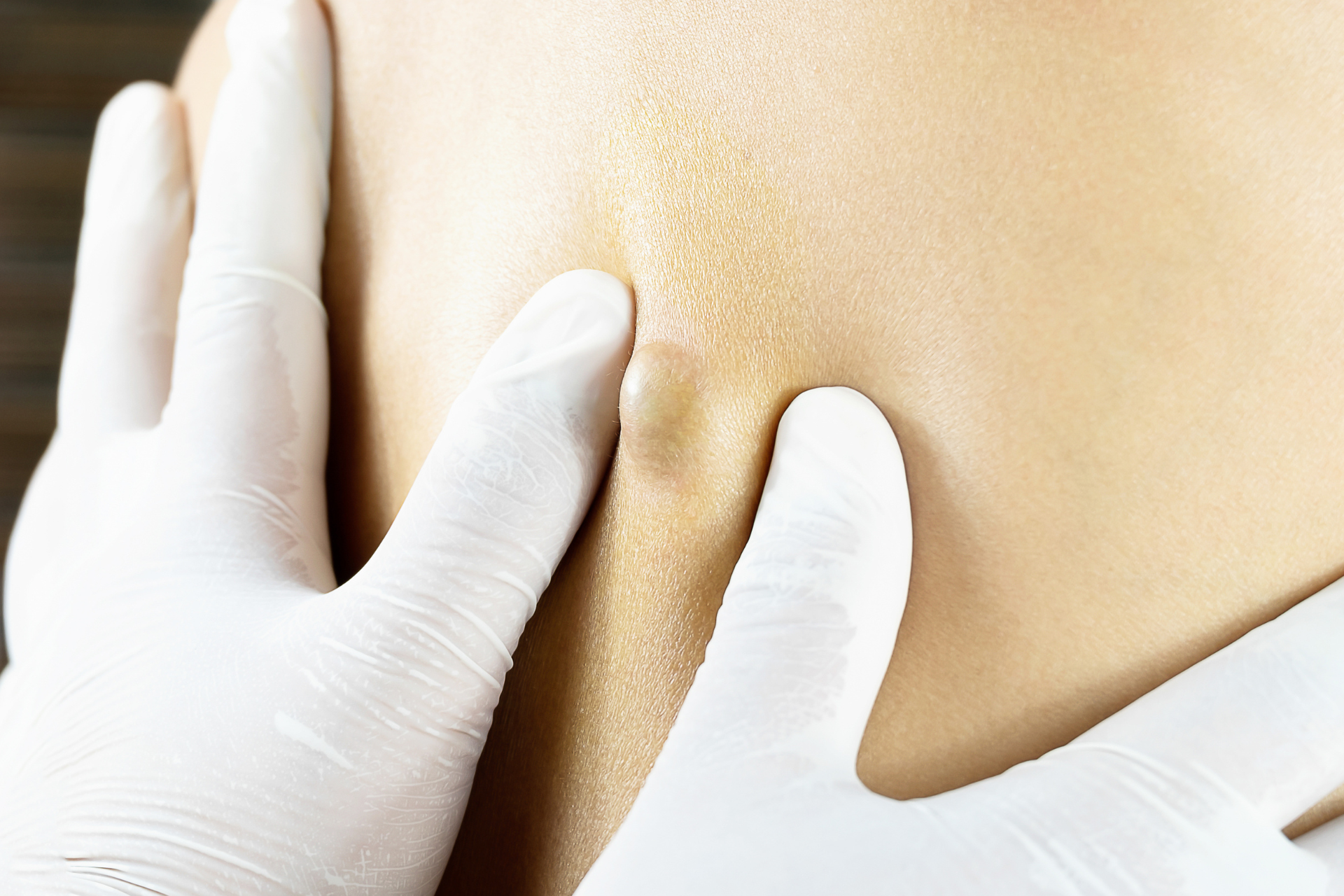Effective Solutions for Cyst Removal: What to Expect

At Fall Creek Skin and Health Clinic, our priority is providing top-notch care for all skin-related issues, including the removal of cysts. Cysts are common skin growths that can appear anywhere on the body and may cause discomfort or cosmetic concerns. If you're considering cyst removal, it's essential to understand what to expect throughout the process. In this blog post, we will delve into the effective solutions available for cyst removal and guide you on what to expect during your procedure at our clinic.
Types of Cysts
Before diving into the removal process, let's first understand the different types of cysts that may develop. Cysts can be broadly categorized into sebaceous cysts, epidermoid cysts, and ganglion cysts, each with its own distinct characteristics and causes. Sebaceous cysts are filled with a cheesy or oily material, while epidermoid cysts contain a collection of skin cells and protein. On the other hand, ganglion cysts typically form on joints and tendons and are filled with a thick, clear fluid.
Effective Solutions for Cyst Removal
Cyst removal is a common procedure performed by dermatologists to alleviate symptoms, prevent infection, and address cosmetic concerns. At Fall Creek Skin and Health Clinic, our experienced healthcare professionals offer several effective solutions for cyst removal, depending on the type, size, and location of the cyst. Some common methods of cyst removal include:
1. Incision and Drainage
For superficial cysts that are inflamed or infected, incision and drainage may be performed to relieve pain and reduce swelling. During this procedure, a small incision is made in the cyst, and the contents are gently drained to promote healing.
2. Excision
In cases where the cyst is large, recurrent, or causing discomfort, excision may be recommended. This surgical procedure involves completely removing the cyst and its surrounding tissue under local anesthesia to prevent recurrence.
3. Laser Removal
Laser technology has revolutionized cyst removal, offering a precise and minimally invasive solution for some types of cysts. Laser treatment can effectively target the cyst while minimizing scarring and promoting faster healing.
What to Expect During Cyst Removal
If you've decided to undergo cyst removal at Fall Creek Skin and Health Clinic, here's what you can expect during your procedure:
1. Consultation
Your journey begins with a comprehensive consultation with our dermatologist, who will assess the cyst, discuss treatment options, and address any concerns you may have.
2. Procedure
Depending on the chosen method of removal, the procedure will be performed in a sterile environment by our skilled healthcare professionals. Local anesthesia will be administered to ensure your comfort throughout the process.
3. Aftercare
Following cyst removal, you will receive detailed aftercare instructions to promote proper healing and minimize the risk of infection. Our team will provide guidance on wound care, medication, and follow-up appointments.
At Fall Creek Skin and Health Clinic, we are committed to delivering quality care and exceptional results for all your skin-related concerns, including cyst removal. If you're considering cyst removal or have any questions about the procedure, don't hesitate to reach out to us for personalized guidance and support.
Remember, effective solutions for cyst removal are available, and with the right treatment plan, you can achieve clear, healthy skin. Trust the experts at Fall Creek Skin and Health Clinic to provide you with the care and expertise you deserve.



Need Our Services?
Book a free consultation

Our promise is to offer high-quality medical attention at a fair price in a clean, friendly, and professional environment.
QUICK LINKS
BUSINESS HOURS
- Mon - Thu
- -
- Friday
- -
- Saturday
- Appointment Only
- Sunday
- Closed
All Rights Reserved | Fall Creek Skin and Health Clinic |
